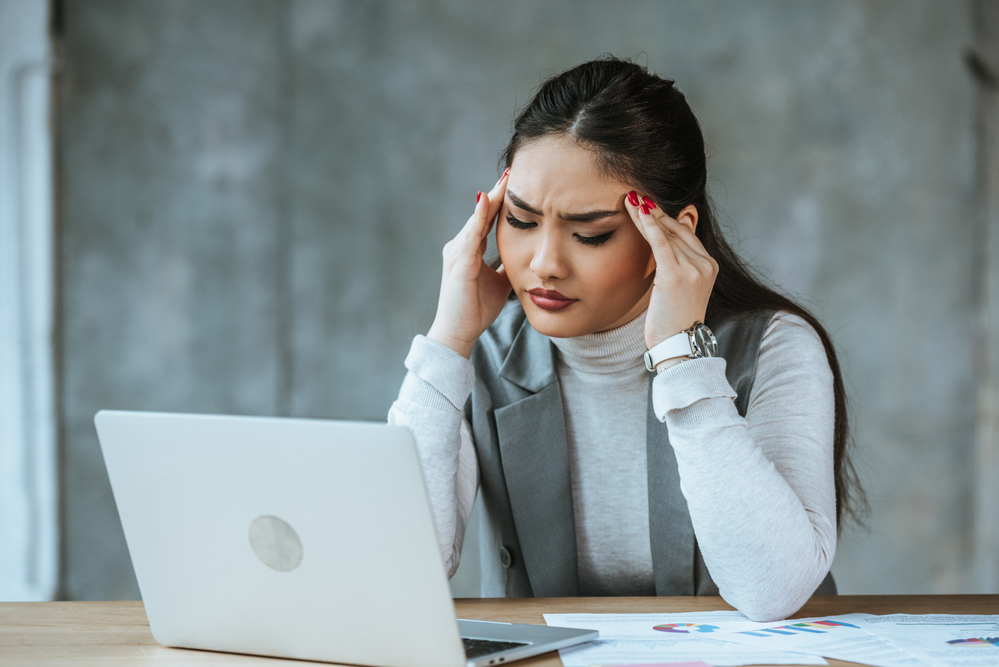In today’s hyper-connected world, managing digital overload is not just a luxury—it’s a necessity. With smartphones buzzing every few minutes, constant access to emails, endless scrolling on social media, and the growing demands of remote work, many people find themselves mentally drained and emotionally exhausted without even realizing it. Digital overload, once a vague concept, has now become a lived experience for millions. The challenge lies not in disconnecting completely, but in creating a healthier relationship with technology—one that empowers rather than overwhelms.
Understanding Digital Overload
Digital overload occurs when the volume of information and digital interaction exceeds a person’s ability to process it effectively. It often manifests as difficulty focusing, irritability, sleep disturbances, reduced productivity, and even anxiety. While technology has undeniably brought convenience and innovation into our lives, it has also blurred the lines between work and personal time, pushing many people into a state of constant digital engagement.
The problem isn’t necessarily the devices or platforms themselves; it’s the unchecked usage patterns and lack of intentional boundaries. From doomscrolling late at night to checking emails first thing in the morning, these habits accumulate and take a toll on our mental well-being.
Reclaiming Control Over Your Digital Life
Managing digital overload starts with awareness. Many of us reach for our phones out of habit, not necessity. We scroll, click, watch, and respond in a never-ending loop of stimulation. Reclaiming control requires intentionality—deciding when, how, and why we engage with digital tools.
One of the simplest but most powerful steps is setting boundaries. This might mean designating specific “no screen” hours during your day, such as the first hour after waking up or the last hour before bed. Giving your mind space to wake up or wind down without the intrusion of notifications can reduce stress and improve focus.
Another useful approach is digital decluttering. Just as physical clutter can cause anxiety, so too can digital clutter. Unsubscribe from emails you never read. Delete apps you no longer use. Organize your digital workspace to minimize distractions. Streamlining your digital environment reduces mental noise and makes your tech usage more purposeful.
Mindful Consumption Over Passive Scrolling
The way we consume content matters. Passive scrolling through social media or binge-watching videos may feel like relaxation, but it often leaves us more drained. Mindful consumption, on the other hand, is about choosing content that nourishes or inspires—be it educational videos, thoughtful podcasts, or even curated playlists that boost your mood.
Being mindful also means paying attention to how certain platforms or activities make you feel. If checking a specific app always leaves you feeling anxious or inferior, consider taking a break from it. You have more control than you think over the algorithms and digital environments you engage with.
Creating Tech-Free Spaces And Moments
Not every moment needs to be filled with digital noise. Creating tech-free spaces in your home—such as the dining table, bedroom, or bathroom—can bring more presence to your daily routine. Similarly, incorporating tech-free moments—like going for a walk without your phone or practicing a hobby offline—can refresh your mind in powerful ways.
It’s also helpful to rediscover the value of single-tasking. Multitasking across tabs, messages, and alerts might seem productive, but it actually fragments your attention and increases cognitive fatigue. Choosing to focus on one task at a time—whether it’s writing an email or having a conversation—can restore mental clarity and reduce stress.
Resisting The Urge To Always Be “On”
A major contributor to digital overload is the pressure to be constantly available. Many people feel compelled to reply instantly to messages, attend every online meeting, or stay updated on every notification. This creates a cycle of always being “on,” which can lead to burnout over time.
Giving yourself permission to step away from devices without guilt is essential. Set expectations with colleagues and loved ones about your availability. Use tools like “Do Not Disturb” modes or scheduled focus times to protect your mental space. The world will continue turning if you don’t respond to every ping immediately.
Embracing Digital Minimalism
The concept of digital minimalism—coined by author Cal Newport—encourages individuals to focus only on the technology that genuinely adds value to their lives. Instead of being constantly reactive, digital minimalism promotes a more deliberate approach to tech usage. This doesn’t mean abandoning technology altogether; it means curating your digital life to align with your personal values and goals.
Ask yourself: which apps or platforms truly enhance your work, creativity, or relationships? Which ones simply fill time? Regularly reflecting on these questions can help you prune what’s unnecessary and reconnect with what matters.
Final Thoughts
In a world designed to keep us connected, it’s ironically easy to lose connection with ourselves. Managing digital overload isn’t about rejecting technology—it’s about redefining how we relate to it. By setting boundaries, practicing mindfulness, and creating intentional moments of disconnection, we can restore balance in our lives and reclaim the mental space we need to thrive. The age of constant connection doesn’t have to mean the age of constant distraction. With conscious effort, we can use technology on our own terms—staying informed, engaged, and productive without being overwhelmed.
Take a look at these resources:
https://rent2010.net/
https://froglinks.org/
https://almenpar.net/
https://compagniefai.com/
https://colturidebucuresti.net/
https://cimots.com/
https://imbookingit.com/
https://arafeina.com/
https://sunglassesoutletsky.com/
https://bestcriminallawyerdelhi.com/
https://stephentyrone.com/
https://myexperttax.com/
https://therapinsider.com/
https://tabernaluciferina.com/
https://samdental.org/
https://claudiakarvan.net/
https://upcollective.org/
https://healthykidsnm.org/
https://ezycleanpest.com.au/
https://launchpadcreative.com.au/
https://directorypass.com/
https://travelntourism.org/
https://traveldistricts.com/
https://dvplegalconsultants.com/
https://dailyghnewsonline.com/
https://anhtutravel.com/
https://charlestonsfastcashhomebuyer.com/
https://trihc.com/
https://homedesignmaine.info/
https://lilihome.net/

